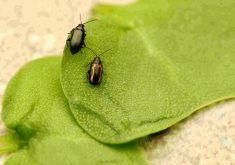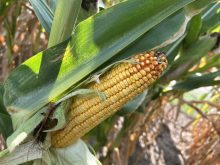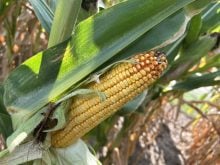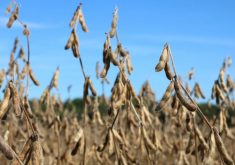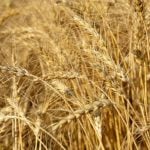Manitoba Agriculture entomologist John Gavloski says 2022 might be a good year to bone up on grasshopper identification.
“We’ve been over this in the past, but being a grasshopper year, it doesn’t hurt to refresh on grasshopper ID,” he said.
Grasshopper nymph feeding damage has been reported in many crops in the southwest and central Interlake regions, and they’re just getting started.
Read Also
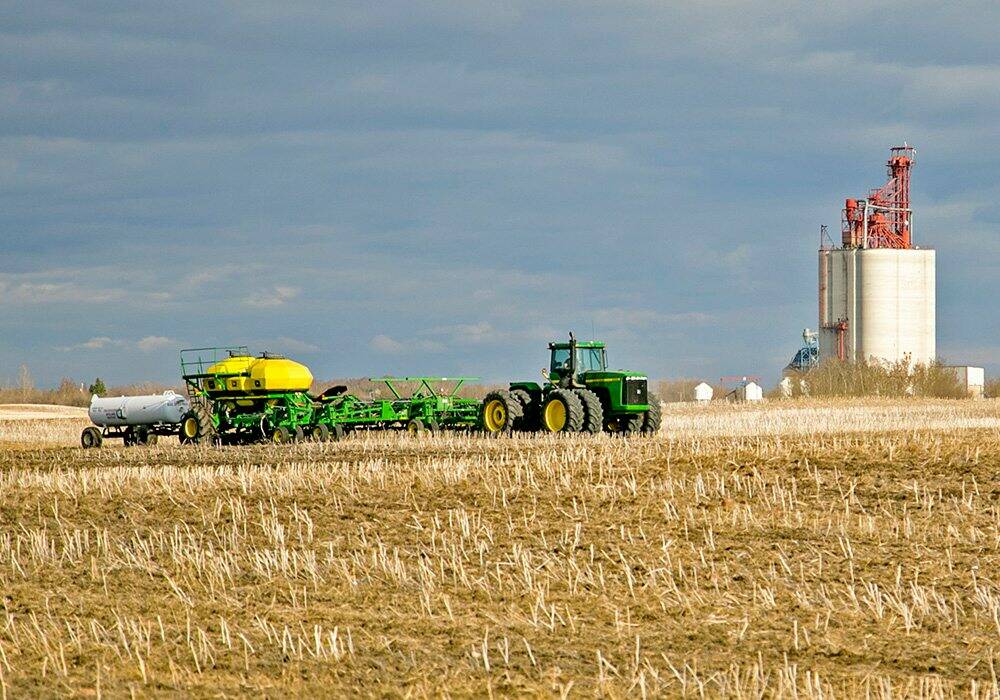
Better data on fertilizer emissions with the Internet of Things
Web of soil sensors looks for live insights on farm greenhouse gas emissions and nitrogen fertilizer application.
“This is the ideal time to be out scouting for grasshoppers,” says Gavloski. “They’re at the stage now where the hatch should be starting to wrap up.”
A visual count can confirm. Using an insect net, he advises catching a few and checking them for wing buds. If most of the nymphs have wing buds, it’s likely the hatch is mostly finished, or at least over the peak. Gavloski says that is the time to take action if needed.
“If you’ve got very heavy populations around the field, and most of the grasshoppers are now into those wing bud stages, that’s a good time to be dealing with some of the higher populations.”
Gavloski notes that with many other insects, he takes a wait-and-see approach.
“But with grasshoppers, we sometimes encourage people to deal with heavy populations before they become adults and move into the crop. Once they get their wings, they’re much trickier to deal with.”
If numbers are high at field edges, they might best be dealt with before the wind bud stage, he adds.

“If you’re in a situation where they seem to be moving into the crop and doing a little bit of damage, but they’re not quite at that wing bud stage, sometimes it’s not a bad idea to deal with the heavy populations early,” Gavloski said.
If that is the plan, he suggests using a more residual product.
“That’s something to consider if you’re doing the edges and not quite sure about the grasshopper staging.”
However, some grasshoppers are specialists and may not be a concern for a specific crop. Clear-winged grasshoppers are grass specialists, for instance.
“They like grassy plants,” Gavloski said. “They probably won’t touch a canola field or a soybean field. But if you have a wheat crop or forage grasses or pasture grasses, that’s where they can do a lot of damage.”
This is where accurate identification is important.
“If you’re confident identifying grasshopper species, sometimes it’s good to know what type you’re dealing with,” he said.
Grasshopper identification resources are available on the Manitoba Agriculture website, including a fact sheet with pictures of all of Manitoba’s damaging species.





